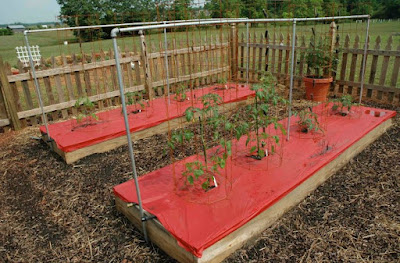 |
| All photos by Sonia Valdiviezo |
Materials needed
- glass container of your choice (between 6” to 12” round)
- variety of 1” fairy or bonsai plants (avoid using succulents
- for this project)
- ½ -1.5 lbs of landscaping sand (do not use aquarium or beach
- sand for this project)
- 1 lb to 2 lbs of decorative rocks for
- planters
- 4-8 oz of horticulture charcoal
- 1-2 oz of dry sphagnum moss for
- orchids (dry moss)
- ½ quart soil for indoor containers or Bonsai soil
- 5” x 5” sheet moss (preserved or live)
- pair of gloves
- spray bottle
- plastic spoon (to be used for scooping)
- pencil or skewer (to be used for digging)
- Begin by creating the layers of your terrarium landscape:
Layer 1 SAND
Pour about a 1 inch layer of sand at the bottom of the container
Layer 2 ROCKS
Carefully set rocks evenly over the sand, being careful not to disturb the sand
Layer 3 CHARCOAL
Spread a thin layer (no more than ½ inch) of charcoal over the rocks
Layer 4 SPHAGUM MOSS
Be sure to moisten the moss before using, not too wet just damp and carefully place over the charcoal until it is about 1 inch deep and you cannot see any of the charcoal from the top view of your container.
Layer 5 SOIL
Using the scoop (plastic spoon) gently and carefully spread potting soil evenly over the sphagnum, until it is about 2 to 2.5 inches deep.
Plant Arrangement
Now it’s time to explore the arrangement of your selected plants before you start planting them into the soil. Play around with the arrangement of the plants to test how you want your terrarium to look. This step is very important, so take your time.
Start with the plants that will be placed on the edges, making sure to leave space between the plant and edge of glass container. (Do not place plants too close to the edge of the container or to each other. Leave space for the plants to grow and spread.) Once you’ve decided on the arrangement of your plants it’s time to plant them!
First, using your finger or a pencil, gently dig a hole about 1.5 – 2 inches deep and wide into the soil. Next, gently separate the plant from its original pot, making sure to not damage the roots. Lightly mist the roots of the plant and place in the hole. Press gently adding a tiny amount of soil if necessary to bury the roots completely beneath the level of the soil. Repeat this step for each plant.
Now, add bits of Sheet Moss (preserved green moss) or Live Moss strategically to add texture and dimension to the terrarium. Finally, using a spray bottle spritz or mist your terrarium evenly without overwatering.
Congratulations! You’ve planted a terrarium.





































